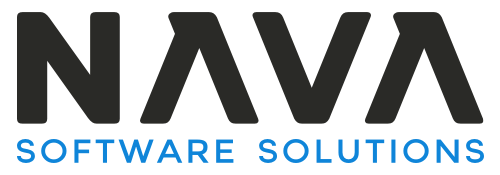
BOT, POD, or Hybrid?
In today’s globalized business environment, selecting the right delivery model is critical for companies aiming to expand, streamline operations, and leverage offshore talent. The Build-Operate-Transfer (BOT), Product-Oriented Delivery (POD), and Hybrid models offer distinct advantages depending on an organization’s needs, goals, and available resources.
In this blog, we’ll explore each model, highlighting its benefits and ideal use cases, to help you make an informed decision.
Understanding the Delivery Models
Let’s start by defining each delivery model to understand how they work and the advantages they offer.
1. Build-Operate-Transfer (BOT) Model
The BOT model is ideal for organizations that want to establish an offshore or nearshore operation but lack the expertise, resources, or time to set it up themselves. In this model, a third-party service provider like NAVA Software Solutions manages the setup, staffing, and operation of the offshore team on behalf of the client. Once the operation is stable and reaches predefined performance metrics, ownership is transferred to the client.
Best for:
Organizations aiming to expand to new regions with minimal risk and companies planning to eventually own and operate their offshore teams.
Benefits of BOT
- Cost and Time Efficiency: The provider handles recruitment, setup, and management, saving the client from extensive initial investments.
- Low Risk: BOT enables a low-risk entry into new markets, as the provider manages all aspects, including compliance and regulatory requirements.
- Smooth Transition: When the operation is transferred, the client inherits a mature, well-functioning team, eliminating the learning curve.
2. Product-Oriented Delivery (POD) Model
The POD model is designed for companies looking for a dedicated, autonomous team to handle specific product development tasks. In this model, a team of experts is assembled to work on a particular product, project, or service, operating independently but aligning closely with the client’s objectives and timelines.
Best for:
Companies focused on product development or enhancement that require a flexible, dedicated team with deep expertise in a specific area, such as AI-driven development or customer experience enhancement.
Benefits of POD
- Specialized Focus: Each POD is a specialized unit dedicated to a specific product, ensuring that expertise and focus drive faster development and innovation.
- Scalability and Flexibility: The POD model enables easy scaling up or down based on the project’s needs, making it ideal for agile, adaptable product development.
- Enhanced Communication: POD teams work independently but stay closely aligned with the client’s goals, ensuring strong communication and collaboration.
Hybrid Delivery Model
The Hybrid model combines the best of BOT and POD, providing flexibility, scalability, and control. It allows the client to maintain ownership of certain processes while relying on an outsourced team for others, often under the BOT model initially, with PODs formed as needs grow. This model is highly adaptable and can be tailored to suit complex, multi-phase projects.
Best for:
Organizations seeking a flexible, scalable approach to manage complex, multi-faceted projects that involve both internal and outsourced teams.
Benefits of Hybrid
- Balanced Control and Flexibility: Clients retain ownership of critical components while leveraging external expertise for specific tasks, ensuring greater control.
- Scalability Across Functions: This model supports seamless scalability by allowing clients to easily expand or reduce resources as needed.
- Reduced Time to Market: By combining in-house capabilities with outsourced resources, the hybrid model accelerates project timelines.
How to Choose the Right Model for Your Business
Choosing the right delivery model requires careful consideration of your organization’s objectives, timeline, budget, and level of control needed. Here’s a step-by-step guide to help you make an informed choice:
Success Stories
Conclusion
Choosing the right delivery model—BOT, POD, or Hybrid—is a strategic decision that can significantly impact your organization’s growth and efficiency. By understanding each model’s strengths and aligning them with your business objectives, you can select a partnership approach that drives success.
At NAVA Software Solutions, we offer flexible delivery frameworks tailored to your unique needs. Our expertise in BOT, POD, and Hybrid models ensures that you have the right support to achieve your goals. Contact us today to explore how we can collaborate to empower your organization’s next phase of growth.




